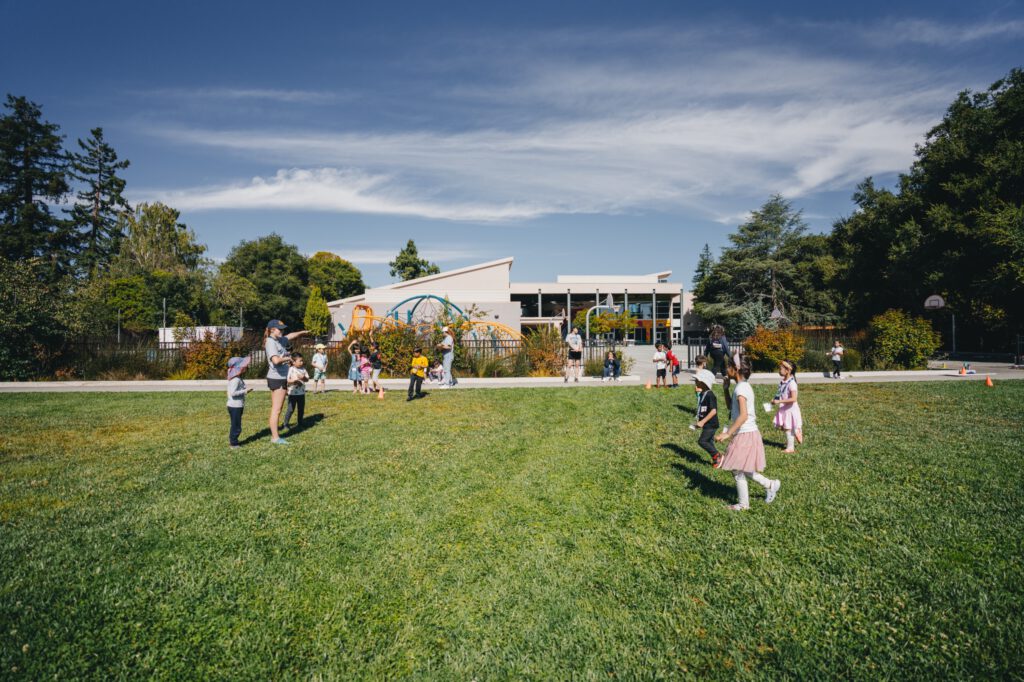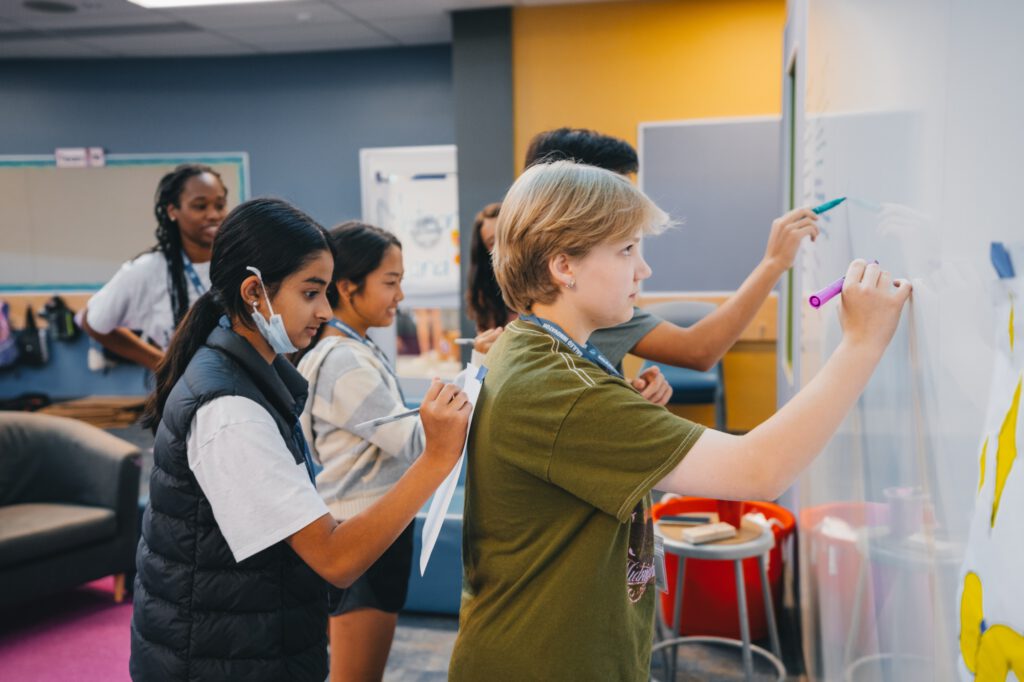Science, technology, engineering, arts and math are cornerstones of human progress, and STEM and STEAM camps and programs have garnered a lot of important attention in recent years. These disciplines are crucial to the future of the human race. This makes STEM a national priority and one that schools have embraced as they prepare students for their futures. And while these subjects are crucial to our world, they are also a whole lot of fun. STEM subjects captivate kids of all ages, from the very youngest with their instinctive wonder about the world to adolescents and teens who are intrigued by and adept at the latest technology.
Undoubtedly, STEM learning is a natural fit for kids. In fact, summer STEM camps are a great way to forestall the boredom that often sets in when the school year ends. In addition to the immediate excitement and enjoyment kids experience, STEM activities help kids build skills that they can use now and in the future.
STEM Learning Starts Early
According to a report released by The Center for Childhood Creativity (CCC) at the Bay Area Discovery Museum, kids are capable of learning STEM concepts before one year of age, even before they can verbalize their understanding. The study also found that the development of these critical thinking abilities requires explicit teaching and specific types of play.
STEM and STEAM camps like Galileo are built on the principles contained in the CCC report, and emphasize some of its most important aspects in their curricula, including:
- Making learning hands-on; providing kids tools and materials to manipulate and create with
- Allowing free exploration and opportunities to discuss their experiences
- Letting them experiment and get a bit dirty
- Prompting kids with questions that require critical thinking: how, why, what
- Using complex and accurate vocabulary right from the start
- Helping kids adopt a growth mindset: Not “I can’t do it,” but “I can’t do it YET.”
STEM Learning Is Everywhere
STEM encompasses a whole lot of content since each of its subject areas is vast in and of itself. It’s easy to find STEM in the wonders around us. Consider play for a moment. As kids explore the natural world and make-believe, they put themselves in a variety of roles: chemists mix mudpies and potions; botanists study leaves, flowers and seeds; architects build forts and bridges; engineers make contraptions with moving parts and doctors tend to sick or injured babydolls.
Family time also offers tremendous potential for STEM activities, particularly during the summer months. A nature walk through a park or arboretum is an opportunity to gather and compare leaves or rocks and to study animal tracks. Following a recipe with kids is a chance to teach measurement skills and discuss chemical change. Assembling a piece of furniture with hand tools can become an engineering learning experience. Setting aside a few minutes for a simple science activity is a fun and enlightening way to share time with kids. It can activate curiosity that leads to additional exploration. The key to maximizing the potential of these experiences is to use the real, sophisticated vocabulary of the subject area and to ask questions that get kids thinking about cause and effect, sorting by classification, and making connections.
Additional Benefits of a STEM Camp
Imagine programming a video game from your own imagination: the characters, setting and story, challenge levels, and rules. It requires both artistry and technical expertise. Some STEM endeavors require additional supplies, space or expert mentoring—more than parents can pull off at home. STEM camps can offer a range of experiences for kids, from fun, thematic curricula to highly technical and specific concentrations in particular disciplines.
Even in the preschool years, kids as young as four can thrive at a day camp tailored to their developmental needs and cognitive potential. A program that offers young space scientists an opportunity to learn about air pressure as they build rockets and protective helmets will captivate curiosity even as the structured day provides a prelude to school. While imagining themselves as moon dwellers, kids spend time outdoors negotiating the lunar landscape as they learn to share, take turns and make new friends.
STEM camps offer older kids a variety of specialized experiences parents don’t necessarily have the time or expertise to provide for them. The opportunity to spend a week as an apprentice veterinarian or crime scene investigator requires access to specialized equipment and/or willing “patients.” Helping kids learn advanced coding skills or 3-D animation techniques may be beyond the scope of most parents, but STEM camps offer this and more. They provide the tools and supplies, as well as the space kids need to make a mess that they can learn from.
No Room For Boredom
Since kids embrace and learn STEM concepts before they can speak, it is only natural that families should follow up and expand on this powerful force that can actively engage them in purposeful and beneficial pursuits. With STEM activities around every corner, often without requiring advance preparation or elaborate supplies, it makes sense to capitalize on the potential for expanding kids’ problem solving and critical thinking abilities. When you add in the valuable life skills kids acquire when using tools and equipment to build, code and invent new things, the sky’s the limit. With curiosity activated and creativity engaged, summer boredom doesn’t stand a chance.
Are you looking for a STEAM summer camp in California, Denver, Seattle or the Chicago area? We offer programs in popular regions like the SF Bay Area, such as our Fremont summer camp, Oakland summer camps, and Cupertino summer camp. Be sure to check our camp location finder to find the Camp Galileo nearest you! Sign up for our mailing list to keep up-to-date on our camp happenings and STEAM project resources. You can also register today for a camp session.



